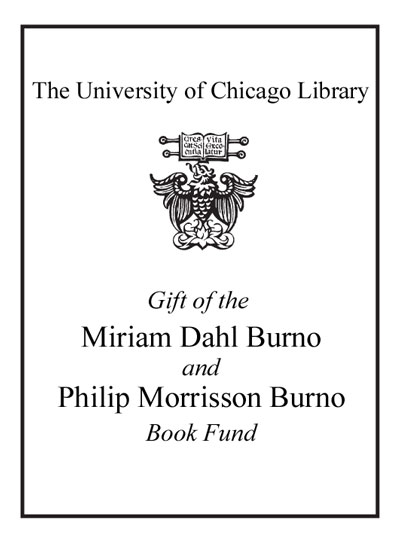Review by Choice Review
With union density continuing its decades-long slide (from 35.7 percent of the private-sector labor force in 1953 to 8.2 percent in 2003), the question of the ability of unions to survive in their current form and pursue their current objectives is an important one. This terrific collection, a National Bureau of Economic Research conference report, addresses a range of issues clearly and without overt partisanship, yet also represents the viewpoints of workers. Kimberly Elliott and Richard Freeman document the attitudes and activities of human rights/anti-sweatshop advocates. Jared Bernstein provides a concise, probing analysis of the living wage movement. Christine Jolls points up the importance of public interest groups, going beyond reliance on government agencies, in the enforcement of labor laws. Two papers on the changing role of unions make it clear that old practices must change. Lisa Lynch makes a powerful case for the role of worker organizations in training. For this reviewer, the two most interesting papers are Richard Hurd and John Bunge's on the barriers to unionization of professional/technical workers, and Joni Hersch's on efforts to make worker benefits portable. The latter paper has clear relevance for the ongoing debate on retirement incomes. ^BSumming Up: Highly recommended. Public, academic, lower-division undergraduate and up, and professional library collections. D. A. Coffin Indiana University Northwest
Copyright American Library Association, used with permission.
Review by Choice Review

